
EASE Summit
3rd European Summit of STEAM Educators
13-14 September 2024 | Online Event
The 3rd edition of the European Summit of STEAM Educators is back and better than ever! This one-of-a-kind event is the ultimate platform for showcasing innovative projects, networking with like-minded professionals, and gaining valuable insights into the latest methodologies and technologies shaping the future of education. Join us online as STEAM educators from Europe and beyond come together to inspire the next generation of creative thinkers. This Summit is not to be missed for parents, homeschoolers, education policy makers, school principals, and anyone passionate about advancing STEAM education. Let’s come together to understand the state of the art of STEAM in Europe and beyond, and connect across borders to shape the future of education.
Free access with registration required!
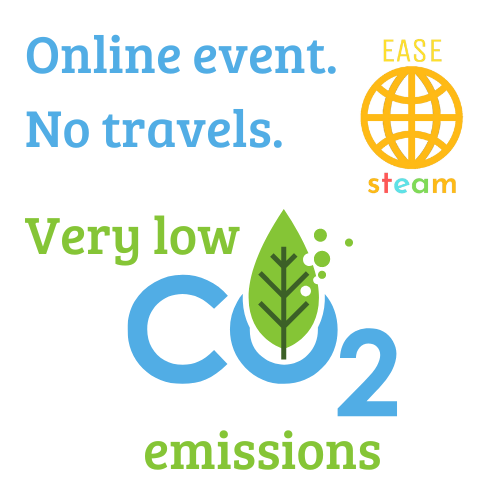
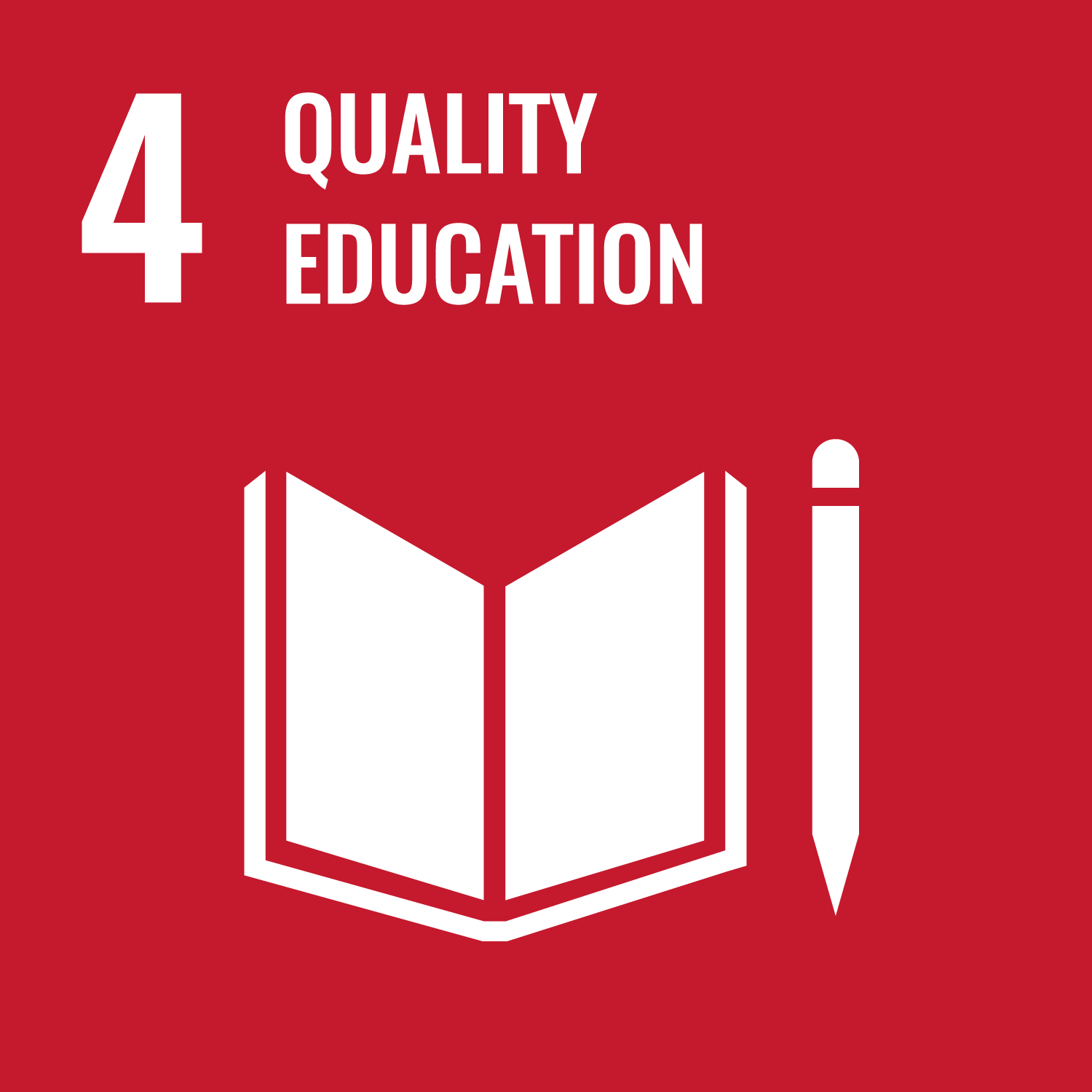
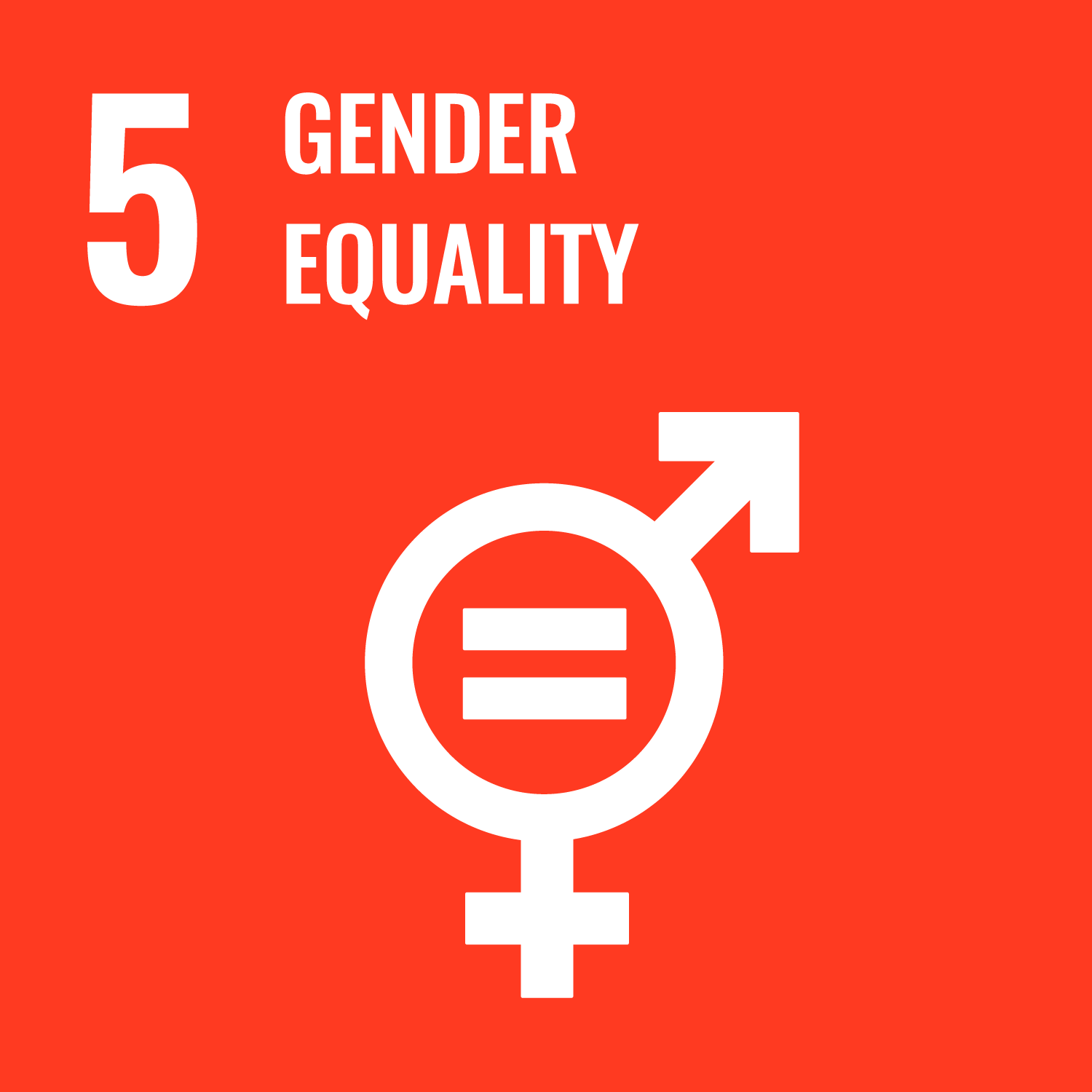
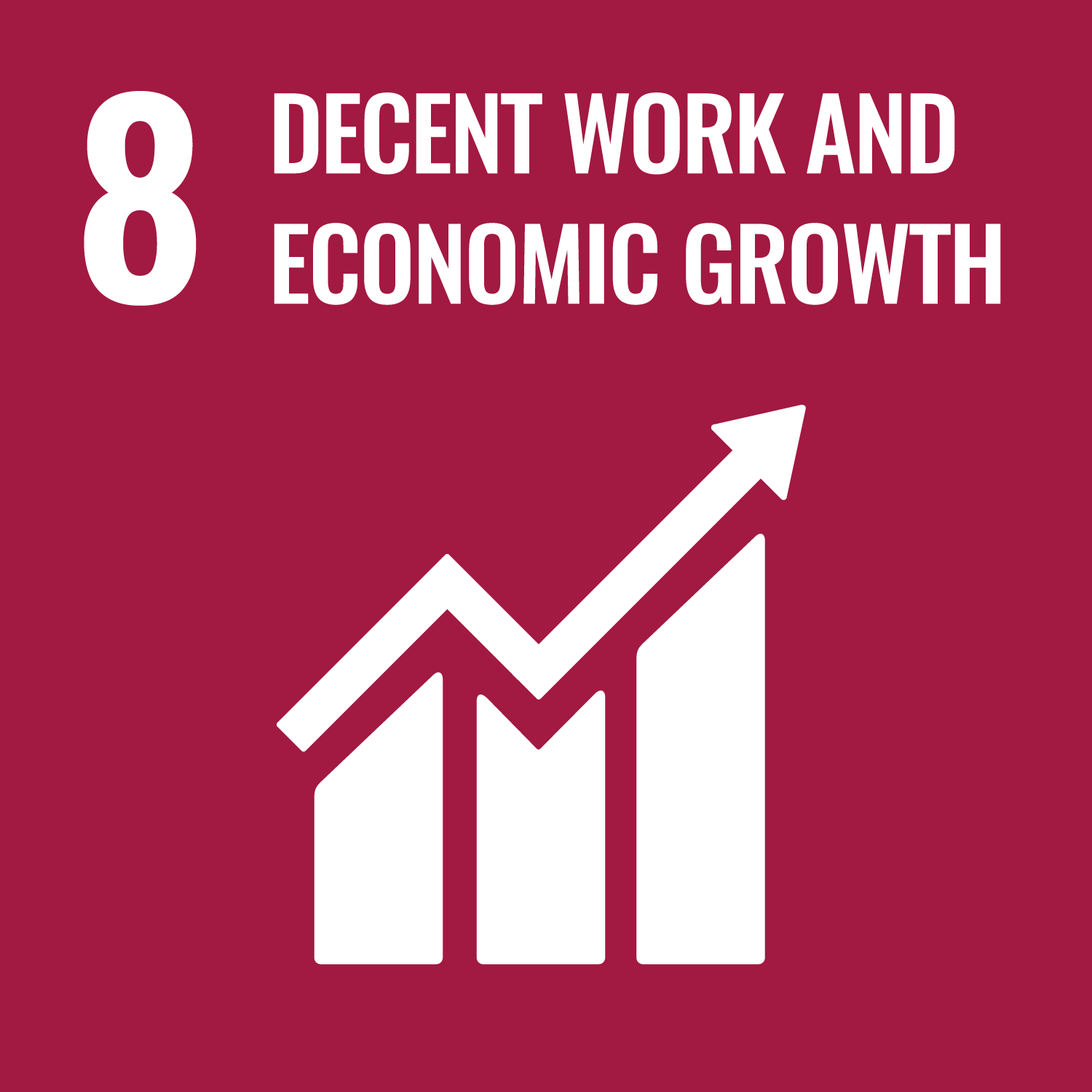
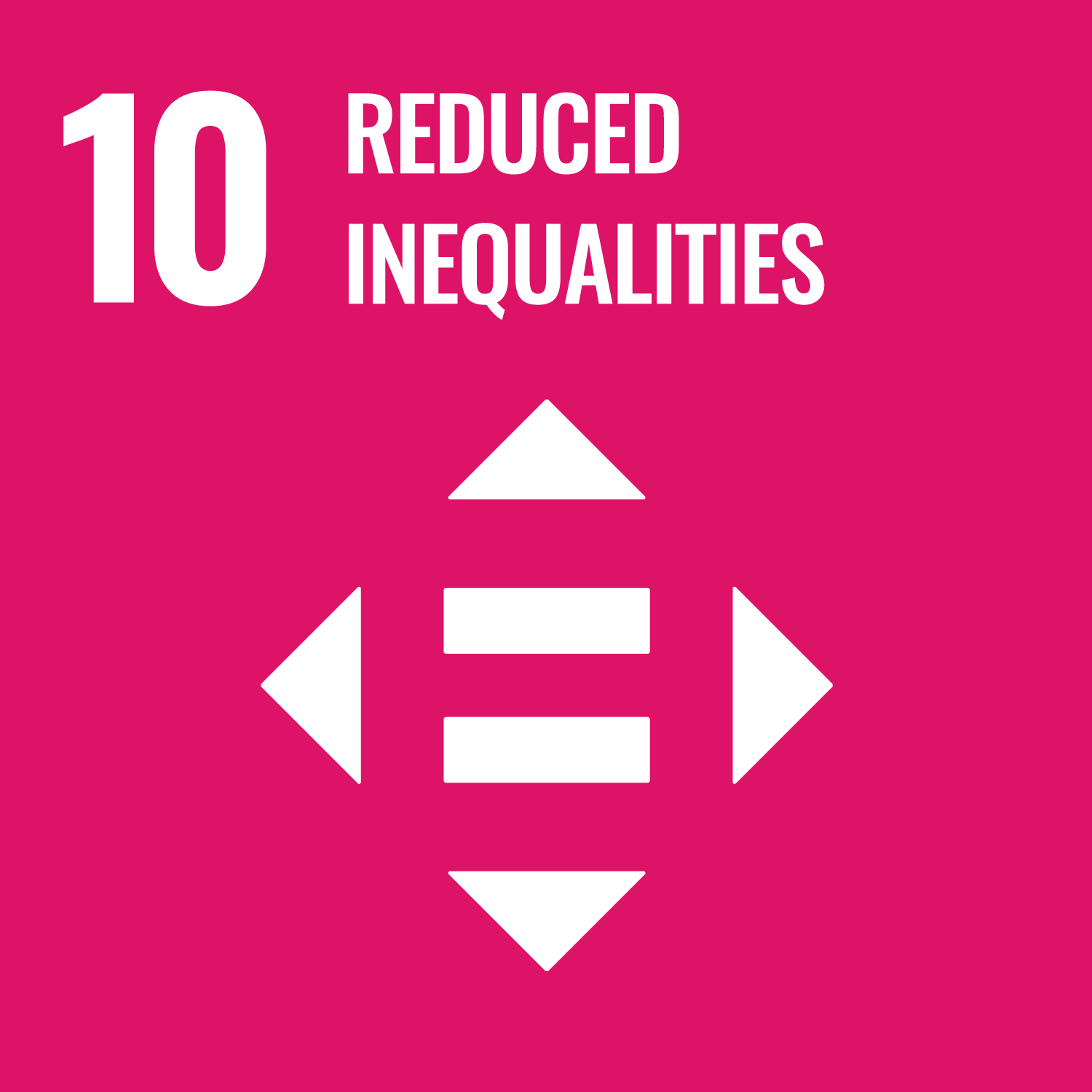
The Summit starts in:
Day(s)
:
Hour(s)
:
Minute(s)
:
Second(s)
The Summit starts in:
Day(s)
:
Hour(s)
:
Minute(s)
:
Second(s)
Overview
Welcome to the highly anticipated third edition of the EASE Summit- European Summit of STEAM Educators! This year, we are thrilled to introduce an exciting addition to the program: audience voting to determine the best presentations. This interactive element will bring a new level of engagement and excitement to the event, allowing attendees to play a pivotal role in recognizing outstanding contributions.
Furthermore, in a nod to excellence and innovation, the first ten presenters chosen by the audience will have the exclusive opportunity to be interviewed for an upcoming e-book. This will serve as a platform for these thought leaders to delve deeper into their insights and experiences, providing valuable content for a wider audience beyond the summit.
Building on the success of previous editions, we are committed to enhancing the interactivity and impact of this year’s summit. Our goal is to surpass the impressive milestone of over 700 registrations from last year, as we strive to make this event more engaging, informative, and inspirational than ever before.
Join us as we unite educators, thought leaders, and innovators in the field of STEAM Education for a dynamic and enriching experience at the EASE Summit. Together, let’s shape the future of education and inspire the next generation of creative thinkers.
Apply as a speaker or register later as a participant.
We welcome submissions from any STEAM educator who can demonstrate thought leadership in STEAM Education. If you would like to be a Speaker, please complete the Call For Speakers form and carefully read the guidelines to create your video subsmission.
Last year’s edition:
Relevant dates
Call 4 Speakers submission:
until 15 st June 2024
Speakers selection:
1st July 2024
Participants registration:
<13th September 2024
Call 4 Speakers
We invite you to elevate your voice as a speaker at the 3rd EASE Summit, a gathering of passionate STEAM Educators from around the globe. Share your valuable experiences, innovative ideas, and groundbreaking techniques with a diverse, international audience eager to learn and grow.
Whether you’re an educator, teacher, engineer, or STEAM advocate based in a school, museum, library, or elsewhere, this platform is an excellent opportunity to influence and inspire your peers worldwide. Sign up today and contribute to shaping the future of STEAM education!
And don’t forget that your presentation will be inspiring others in our presentation’s database!
EASE Summit 2024 registration
Organizing Committee
EASE Summit Organizing Committee
- Alice Severi [Italy]
- Altin Guberi [Albania]
- Ana Cristina Louro [Portugal]
- Daniela Brogna [Italy]
- Lidia Ristea [Romania]
- Mirko Labbri [Italy]
- Nelson Gomes [Portugal]
